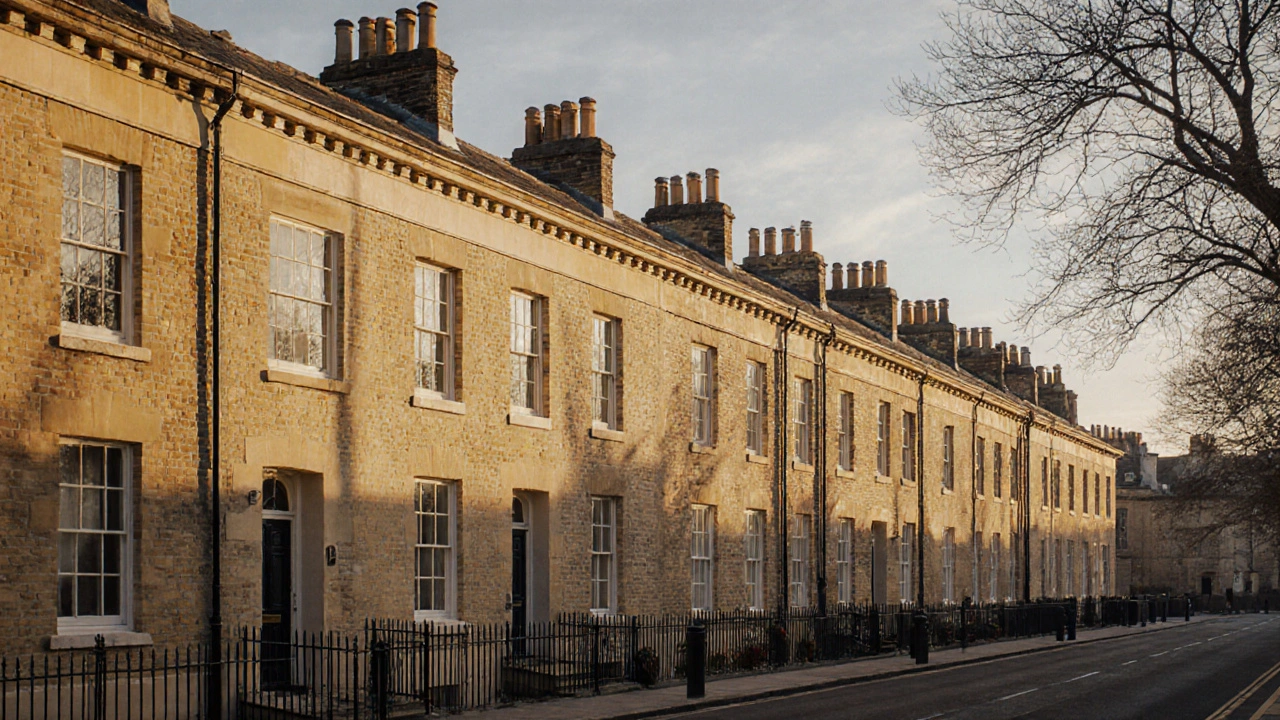Georgian architecture blends classical symmetry, refined materials, and balanced proportions to create timeless homes that still inspire modern design. Learn its defining features, global influence, and how to recognize authentic examples.
Georgian Houses: The Timeless Style That Shaped British Architecture
When you think of classic British homes, you’re probably picturing Georgian houses, a refined architectural style from the 18th century defined by balance, order, and restrained elegance. Also known as Georgian architecture, this style emerged during the reigns of Kings George I through IV and became the foundation for urban townhouses and country estates across England and beyond. It wasn’t just about looks—it was a reaction to the ornate chaos of Baroque, bringing calm, logic, and proportion back into design. You’ll see it in the even rows of brick townhomes in London’s Bloomsbury, the grand villas of Bath, and even in early American cities like Boston and Charleston.
What makes Georgian architecture, a style rooted in classical principles borrowed from ancient Rome and Renaissance Italy. Also known as classical revival, it relies on strict rules: symmetry is non-negotiable. Windows line up like soldiers. Doors sit dead center. Chimneys match on either side. The sash window, a hallmark of Georgian homes, with multiple small panes divided by thin wooden bars wasn’t just pretty—it let in light while keeping heat in. And the brick construction, often in red or yellow, with stone trim around windows and doors gave these homes durability and a sense of permanence.
Georgian houses didn’t just sit there—they shaped how cities grew. They introduced standardized layouts, uniform street fronts, and the idea that homes could be both beautiful and practical for middle-class families. Even today, when people talk about "classic" or "traditional" homes, they’re often describing Georgian principles: clean lines, no clutter, and a quiet confidence. You’ll find modern architects borrowing from them—adding a column here, a pediment there—because the rules still work. The style didn’t fade. It became the baseline.
What you’ll find in this collection are deep dives into the details that made Georgian houses stand out: the exact shape of their doorways, why they used sash windows instead of casements, how their interiors reflected social hierarchy, and what to look for when spotting one today. From the smallest decorative moldings to the grandest town squares, these posts show how a single architectural language, born over 200 years ago, still echoes in the streets we walk today.

